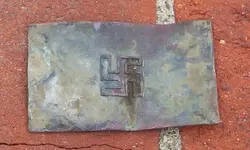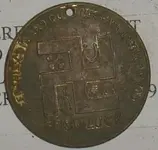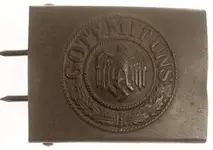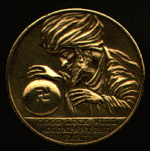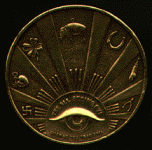I spent a year in Northern Ontario living in Kirkland Lake, and nearby was the town of Swastika Ontario. There was a drug company there back in the days of WWII that used the symbol in their advertizing, their matchbooks said things like "Hitler go to Hell, we had it first" and other anti Nazi slogans. Some say that it was a resident or visitor to this town that gave the idea of the symbol to the early Nazi party, but for the town, it was the "good luck" symbol, not nazi. See below.
"For many of us the swastika is associated with some of the most tragic events that have ever occured. There was a time, however, when most people thought of that symbol in a much different light. Derived from Sanskrit, the ancient and sacred language of Hindus in India, svastika means "conducive to well-being" and for thousands of years has been used as a good luck symbol in many cultures all over the world. Many Indian nations in South, Central, and North America favoured this symbol, and several early 20th century companies featured it on their products. In Canada, some hockey teams, the symbol emblazoned on their jerseys, were called "The Swastikas." In northern Ontario, the residents of the small community of Swastika resisted pressure to change the name of their town during the Second World War, contrary to what took place in 1916 when the residents of Berlin, Ontario voted to change the name of their city to Kitchener."
From
http://www.rpsc.org/Library/Swastika/Swastika.htm


